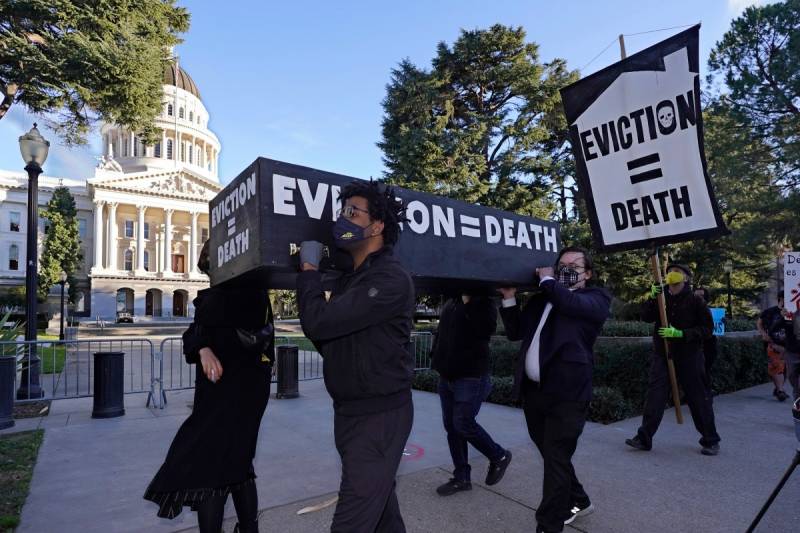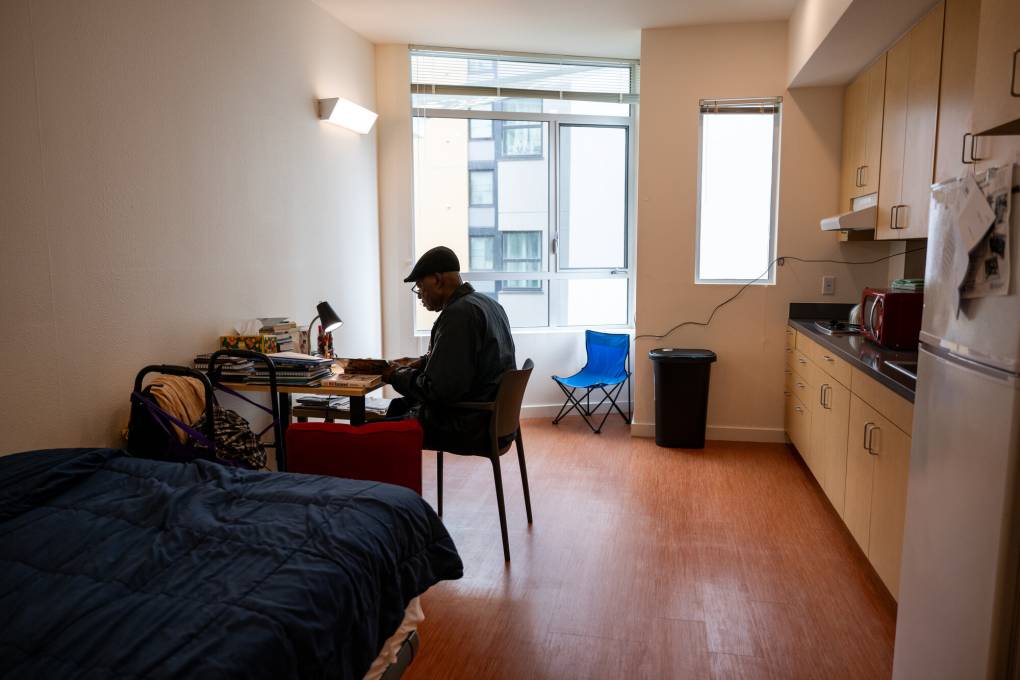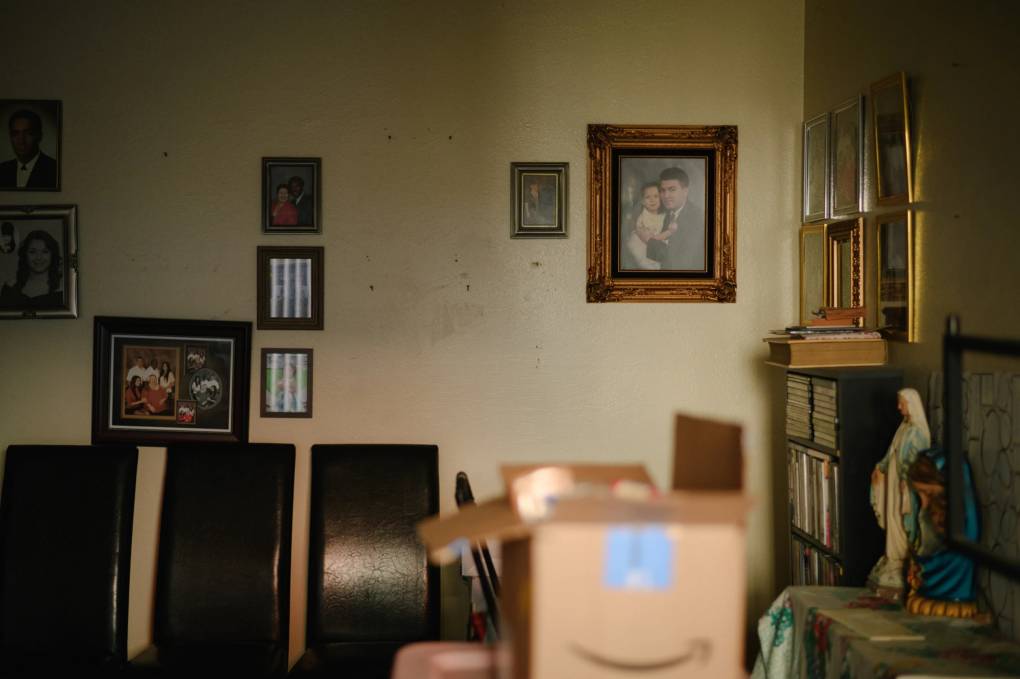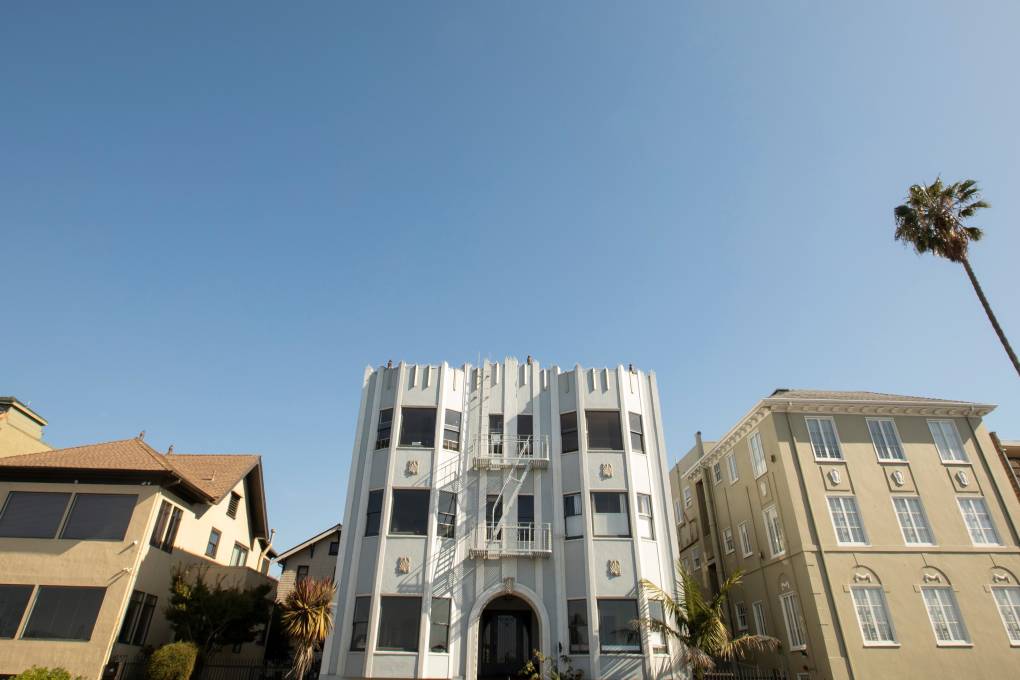Landlord advocates are concerned about the same issue, but want protections to end by September.
“We’d rather not have an extension at all, but we need to get the money out,” said Debra Carlton, executive vice president of the California Apartment Association. “That’s our number one focus. If that means a short, short-term extension, so be it. But the focus has to be on getting the money out.”
Another point of contention: The association wants the law to protect from eviction only those who have applied and are eligible for funds, while tenant advocates want blanket protections that also cover those who have struggled to learn about and apply for the program.
Augusta, on the tenants’ side, is fearful that sunsetting the protections while the Legislature is out of session — between Sept. 10 and Jan. 3 — would mean no one will be around to reassess and fix the rent relief program.
Tenant advocates are also pushing to link protections to an improved economy with lower unemployment.
“The concept is: Do people have their jobs back? Because if people don’t have their jobs back, they’re not going to be able to pay rent,” said Shanti Singh, communications and legislative director for Tenants Together, a statewide advocacy coalition. “It’s not rocket science.”
While the state has now reopened and life for many in California is returning to normal, many employees in lower-wage sectors are still out of work. Last month, CalMatters reported California still has the nation’s second-highest unemployment rate and has regained only 48% of jobs lost during the pandemic.
“While the economy is coming back, there are still millions of struggling families, and we need to make sure that they’re not going to be evicted while there’s still money available to help them,” Chiu said.
How Much Rent Relief Would Be Covered?
The most recent round of rent relief allowed landlords to collect aid totaling 80% of unpaid rent through March 2021, as long as they forgave the rest. If a landlord turned down that deal, the tenant could receive 25% of the rent owed and have the rest of the debt relegated to small claims court.
Tenants have argued that the formula gave them the short end of the stick, should landlords choose to turn down the money. The 25% payment guaranteed only that a renter wouldn’t be evicted, but could still be saddled with debt.
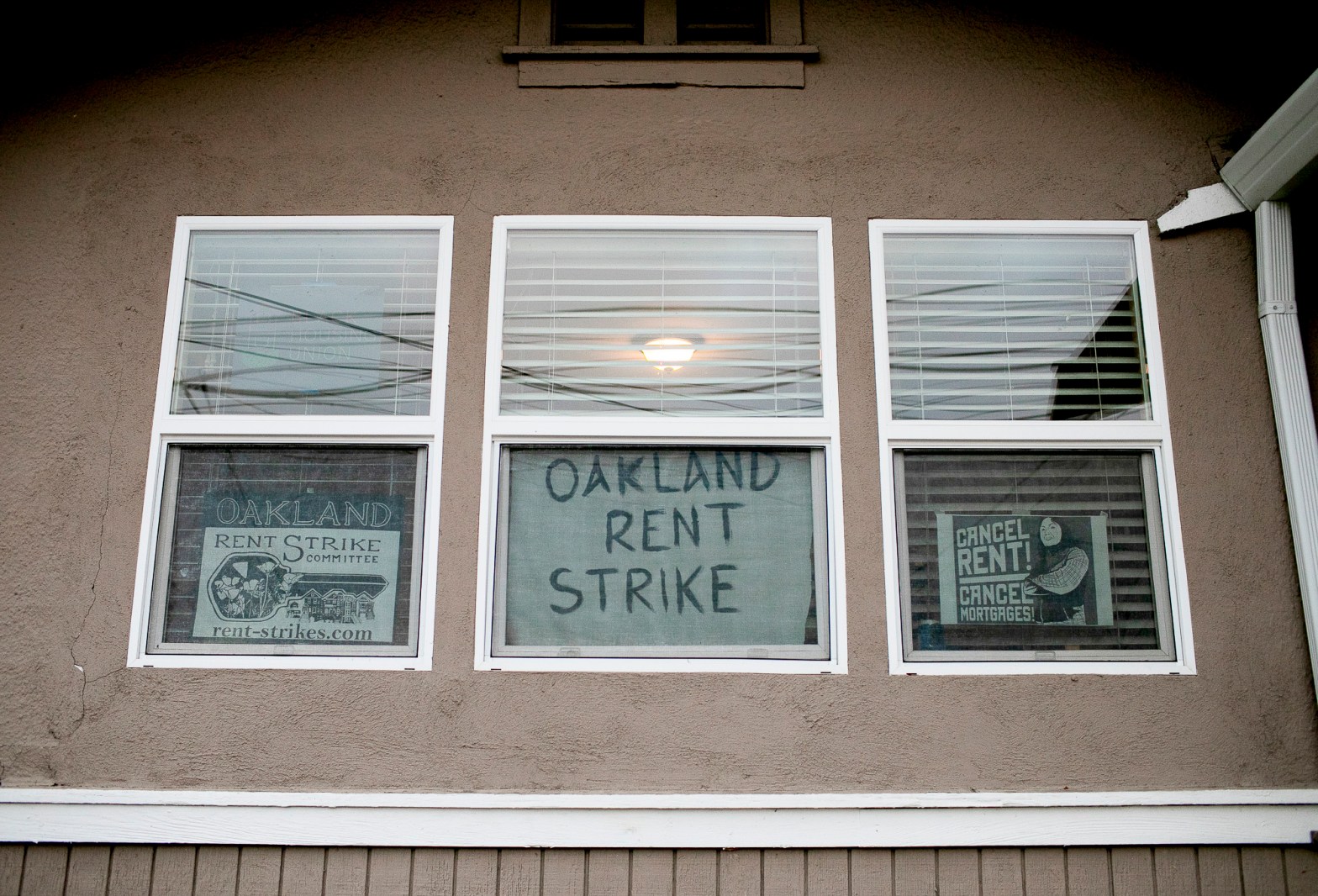
In his May budget proposal, which legislators are now hashing out, Newsom called for state dollars to cover the full amount of missed rent — a proposal both tenant and landlord groups have welcomed.
Newsom also suggested that money could go directly to tenants — as opposed to waiting until landlords accept the aid. That’s something the landlord groups are less than thrilled about.
“We think there will be huge abuse,” said Carlton.
But Chiu said the money could only be used to pay rental debt: “The two implications from that are: The landlord would not have to forgive any of that debt, and the tenant would receive coverage for everything that they owe.”
Under the current protections, tenants who have moved out to save on rent are ineligible for relief, as it was designed only to keep current tenants housed. Advocates are hopeful that will change in the new bill.
Another gaping gray area is whether renters who took out loans from friends, banks or payday lenders, and therefore don’t have a direct debt to their landlords, can still qualify for the money.
Why Has it Taken So Long to Distribute Rental Assistance?
The existing moratorium laid out several ways the money would reach residents: The state would distribute it; cities or counties could do it themselves using the state’s rules; or the jurisdiction could distribute its share of federal dollars with its own rules, and let the state distribute the rest.
An analysis by PolicyLink, an Oakland-based research group, suggests that about 758,000 households in California are behind on rent and owe a total of $3.5 billion. A newly released survey by the Terner Center at UC Berkeley — of 8,605 families renting from one of the state’s biggest nonprofit affordable housing developers — found that the number of tenants who couldn’t pay rent more than doubled during the pandemic, with Black and single-parent households hit hardest.
So why the disconnect between the need and the response? A recent survey of 177 tenant advocates found several culprits: trouble applying in languages other than English and Spanish, a lack of digital proficiency and difficulty gathering documentation to prove eligibility for the relief.
The state pledged this month to address those issues, with eased documentation requirements and expanded language availability for the relief application.
Russ Heimerich, spokesman for the state’s Business, Consumer Services and Housing Agency, said the daily average of people applying for rent relief skyrocketed by 70% the week of June 11, when his agency simplified the application.
“So it’s working,” he said.
But Singh identified another reason for the slow rollout: “A lot of the burden of the outreach basically is on structurally underfunded and understaffed community organizations, and so a lot of people just don’t know” that rent relief is available.
In cities that handled their own rent relief funds, including San Francisco, programs got underway less than a month ago, most because many were working out who would be eligible for the limited funds.
